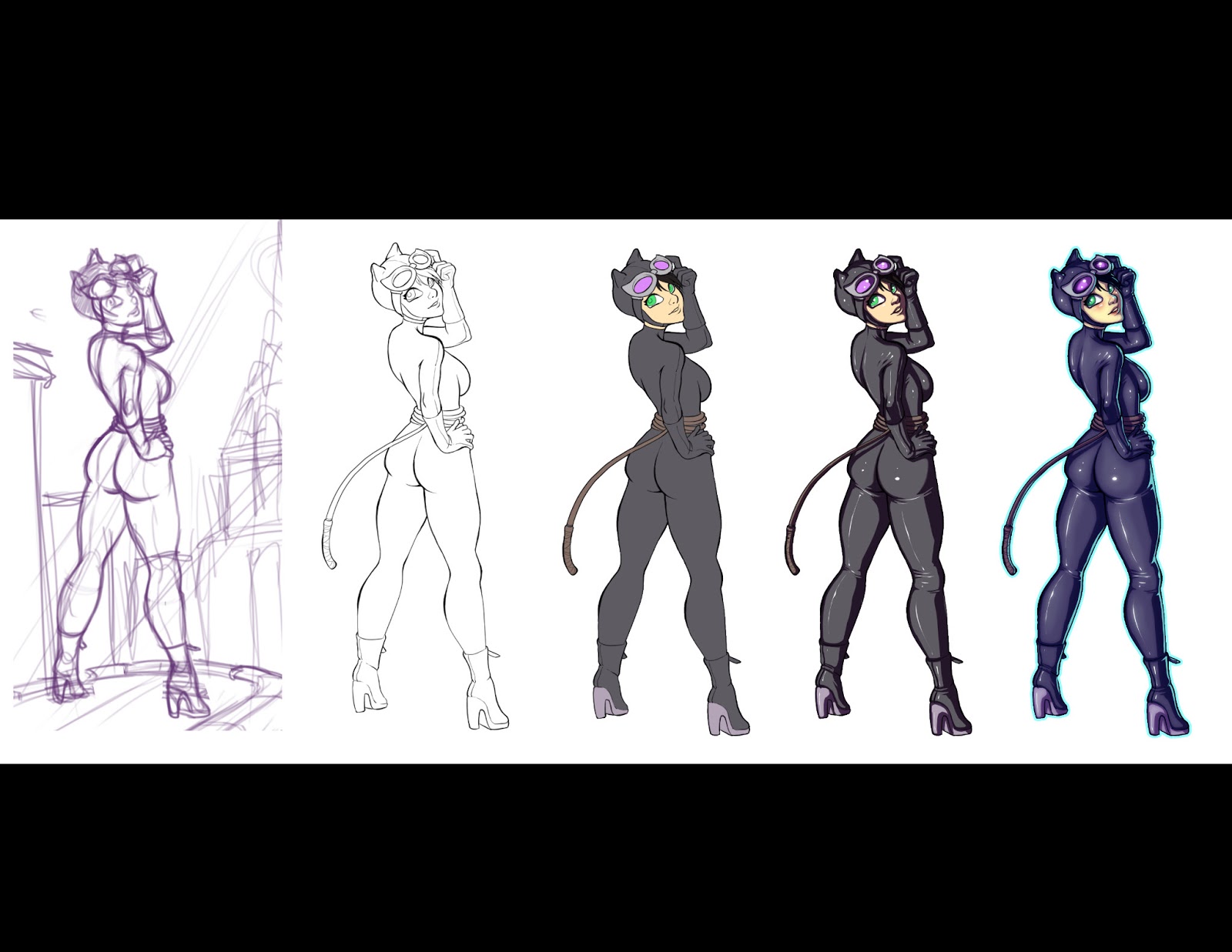Best Program For Inking Digitally

Hate Valley Of Darkness Tab here. September 9, 2014 — Made by Inking may be one of the most misunderstood disciplines of the comic art world. All it involves is tracing over lines that have already been drawn, right? Well, there’s a bit more to it than that; the craft is actually quite complicated with its variety of tools and methods to complete the given task.
Instead of talking about the ways to ink a piece (those are usually best taught through video anyway), I’m going to run through some of the more commonly used tools of the craft. These certainly aren’t the only ways to ink a page traditionally but they are some of the most commonly used tools you’ll find on your average Marvel/DC inker’s desk (assuming, of course, that they don’t ink digitally in the first place). Here are the most commonly used tools you’ll find in or around my drafting table. Before you start inking anything, you need a surface on which to place said inks. In most cases, that means paper.
The Wacom Inkling is a pressure sensitive digital pen for artists who want to capture ink sketches to edit in paint and photo editing programs. Krita is a professional FREE and open source painting program. It is made by artists that want to see affordable art tools for everyone. PDFill PDF Ink Annotator. The inking by Pen and Marker Mode belongs the same layer which is Opaque while the inking by Highlighter Mode belongs to.
By and large, the comic industry has relied on Bristol board as its paper of choice, with Strathmore and Canson being two of the most common brands you’ll find in an art store. One thing to note is that in most cases, Vellum-finish bristol board is not your best available option, as it will bleed badly under some inks and tools. Be sure to experiment with your particular set of tools and paper (in the store, if possible) to make sure they are compatible. If you’re inking, a smooth bristol will probably yield better results. I have found that the general rule is “the smoother, the better”. Another choice if you’re using a brush is watercolor paper; watercolor is very thick but the most common varieties are very rough and unsuitable for inking with several of the tools mentioned later in this article, such as Hunt quill nibs and Rapidograph pens.
The surface causes those tools to jump around on the paper, leaving a jagged line in their wake; if you use watercolor paper, look for “hot press” papers – they’re much smoother. Other options include illustration paper and, in some cases, even simple drawing paper can be used for inking. One thing to keep in mind is that thin paper (such as regular drawing paper) will often bleed and in extreme cases tear under large amounts of ink. Next, if you’re planning to use a brush, quill or refillable pen, you’ll need to make a choice about your preference of ink. Most of the time, artists rely on an India black ink but today, there are several acrylic black inks that work as well as the traditional India blacks. They range in price from pennies per ounce to two or three dollars per ounce based on brand name and quality.
Most of the time, I stick to the mid-range inks such as Speedball’s lines of Super Black India and acrylic ink. I’ve had good experience with the ink as it provides a nice, rich black that doesn’t brown under drying or thinning (useful in the case of ink washes) and don’t run as easily as some other brands. Other high-end options popular among the inking crowd are Winsor & Newton Black Indian and Dr. PH Martin’s Bombay Indian.
Your mileage may vary here but one brand I would avoid is Higgins. Microsoft Windows 7 Ultimate German Loader-up2date. Not only does their ink tend to dry brown but it’s also rather watery and doesn’t naturally lay down thick, solid blacks. Unfortunately, Higgins also makes the most common brand of ink you’ll find in an art store. There are a multitude of choices available here and experimentation is your friend (and don’t be afraid to mix inks to achieve the desired thickness/black, my favorite combination is a 50/50 split of Speedball Black India and Speedball Acrylic). If you live in a rural area where options are limited, buy online. It’s worth a few extra dollars and a few days shipping time to make sure your ink doesn’t let you down five hours into a twenty hour project.